
Cylinder identification symbol Piping direction R L Centralized piping on right Centralized piping on left Bore size (mm) CY3B CY3R 10 15 25 10 15 25 Thread type Symbol Thread type M Rc NPT G Bore size (mm) 10, 15 CY1S Nil 25 TN TF CY1L CY1H CY1F CY1F CYP D-X Technical Data 1553 CY1F Series Construction #2 #3 #4 @0 #0 @4 @5 @6 q A @1 #7 #8 #9 !9 #1 $0 !6 #6 @9 r A $1 $2 $3 $4 t y w e !
A (projecting) 4 Note 1) 7 Note 1) Grommet B Slotted locking type B (tool required) 5 6 Note 1) Note 1) Semi-standard Note 2) For other rated voltages, please consult with SMC.
5 6 Manual override 7 7 Non-locking push type Non-locking push type A (projecting) Nil Semi-standard For other rated voltages, please consult with SMC.
B A M14 x 1 M14 x 1 Gasket (t = 0.5) Gasket (t = 0.5) 6 4 4 M8 x 1.25 M8 x 1.25 K: Non-rotating D-D J: Rotating D-D Dimensions Dimensions Part no.
3.7 kW 5.5 kW Thread type Symbol Thread Voltage Nil Rc Symbol Voltage Applicable size Note) F N G 4 6 3 NPT Single phase 100 VAC (50 Hz) 100 to 110 VAC (60 Hz) 10 Note) Hexagonal nipple (R threads) is included as an accessory for the thread symbol F.
LECP1 series is a programless controller capable of setting up an electric actuator operation without using a PC or teaching box. Through the combination of parallel I/O inputs, 14 points of positioning are available. The speed and acceleration of the positioning can be set by the switch for each operating direction. A single signal sent to a dedicated terminal returns an actuator to
LECP1 series is a programless controller capable of setting up an electric actuator operation without using a PC or teaching box. Through the combination of parallel I/O inputs, 14 points of positioning are available. The speed and acceleration of the positioning can be set by the switch for each operating direction. A single signal sent to a dedicated terminal returns an actuator to
LECP1 series is a programless controller capable of setting up an electric actuator operation without using a PC or teaching box. Through the combination of parallel I/O inputs, 14 points of positioning are available. The speed and acceleration of the positioning can be set by the switch for each operating direction. A single signal sent to a dedicated terminal returns an actuator to
LECP1 series is a programless controller capable of setting up an electric actuator operation without using a PC or teaching box. Through the combination of parallel I/O inputs, 14 points of positioning are available. The speed and acceleration of the positioning can be set by the switch for each operating direction. A single signal sent to a dedicated terminal returns an actuator to
LECP1 series is a programless controller capable of setting up an electric actuator operation without using a PC or teaching box. Through the combination of parallel I/O inputs, 14 points of positioning are available. The speed and acceleration of the positioning can be set by the switch for each operating direction. A single signal sent to a dedicated terminal returns an actuator to
LECP1 series is a programless controller capable of setting up an electric actuator operation without using a PC or teaching box. Through the combination of parallel I/O inputs, 14 points of positioning are available. The speed and acceleration of the positioning can be set by the switch for each operating direction. A single signal sent to a dedicated terminal returns an actuator to
LECP1 series is a programless controller capable of setting up an electric actuator operation without using a PC or teaching box. Through the combination of parallel I/O inputs, 14 points of positioning are available. The speed and acceleration of the positioning can be set by the switch for each operating direction. A single signal sent to a dedicated terminal returns an actuator to
LECP1 series is a programless controller capable of setting up an electric actuator operation without using a PC or teaching box. Through the combination of parallel I/O inputs, 14 points of positioning are available. The speed and acceleration of the positioning can be set by the switch for each operating direction. A single signal sent to a dedicated terminal returns an actuator to
LECP1 series is a programless controller capable of setting up an electric actuator operation without using a PC or teaching box. Through the combination of parallel I/O inputs, 14 points of positioning are available. The speed and acceleration of the positioning can be set by the switch for each operating direction. A single signal sent to a dedicated terminal returns an actuator to
LECP1 series is a programless controller capable of setting up an electric actuator operation without using a PC or teaching box. Through the combination of parallel I/O inputs, 14 points of positioning are available. The speed and acceleration of the positioning can be set by the switch for each operating direction. A single signal sent to a dedicated terminal returns an actuator to
LECP1 series is a programless controller capable of setting up an electric actuator operation without using a PC or teaching box. Through the combination of parallel I/O inputs, 14 points of positioning are available. The speed and acceleration of the positioning can be set by the switch for each operating direction. A single signal sent to a dedicated terminal returns an actuator to
LECP1 series is a programless controller capable of setting up an electric actuator operation without using a PC or teaching box. Through the combination of parallel I/O inputs, 14 points of positioning are available. The speed and acceleration of the positioning can be set by the switch for each operating direction. A single signal sent to a dedicated terminal returns an actuator to
LECP1 series is a programless controller capable of setting up an electric actuator operation without using a PC or teaching box. Through the combination of parallel I/O inputs, 14 points of positioning are available. The speed and acceleration of the positioning can be set by the switch for each operating direction. A single signal sent to a dedicated terminal returns an actuator to
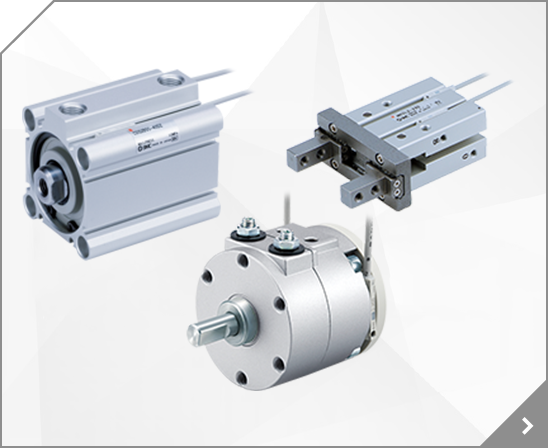


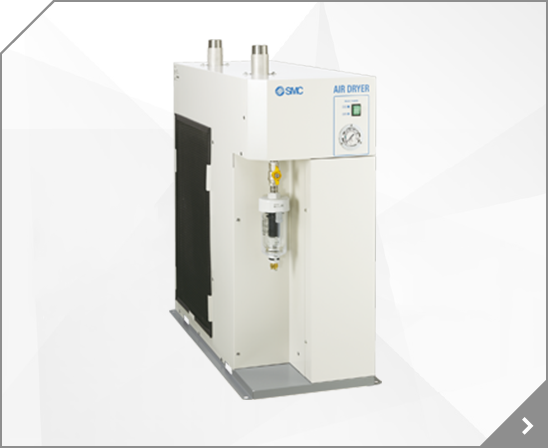
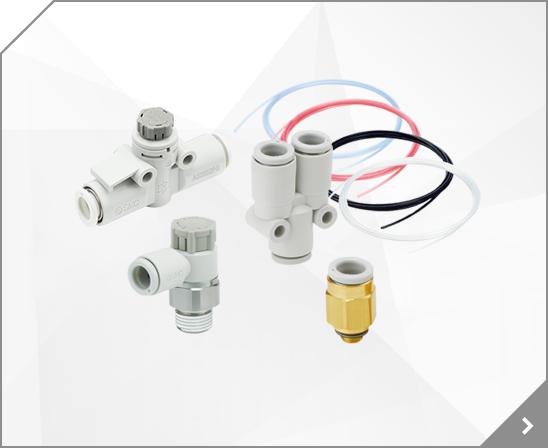
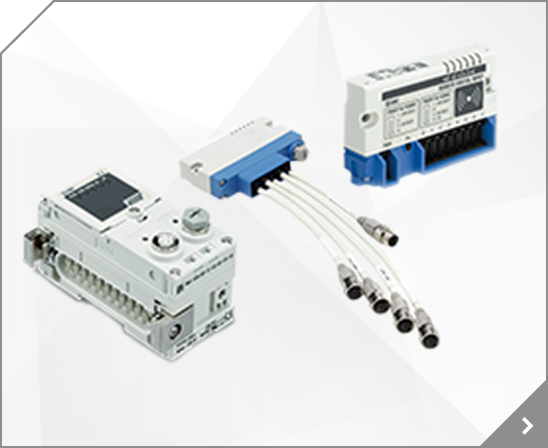
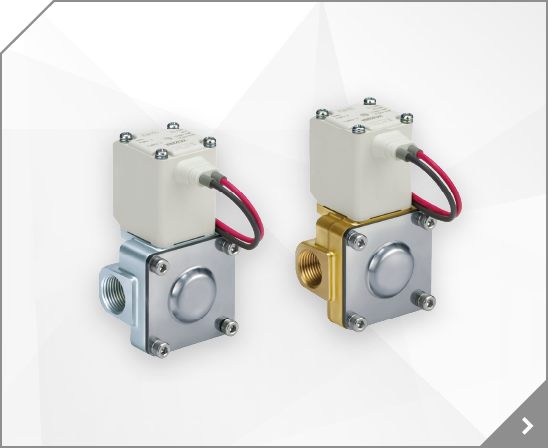
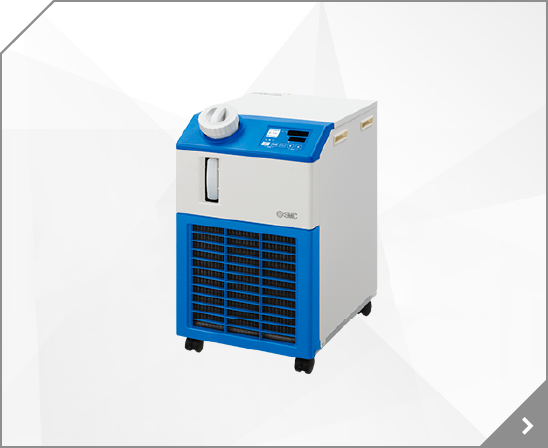
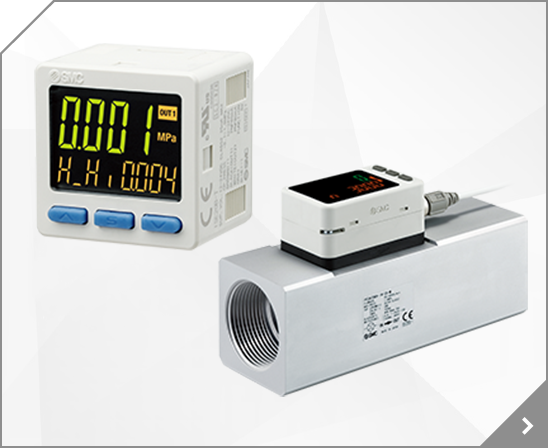
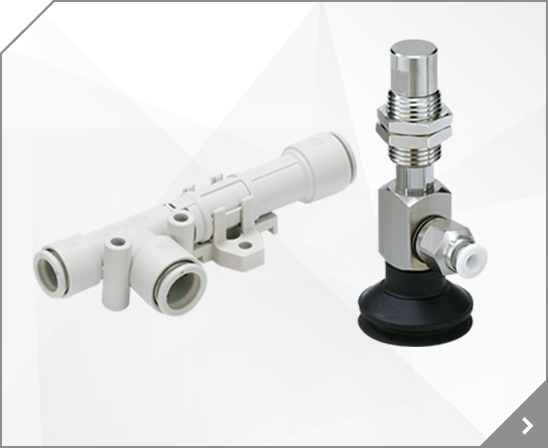

 Low Profile Guide Type
Low Profile Guide Type